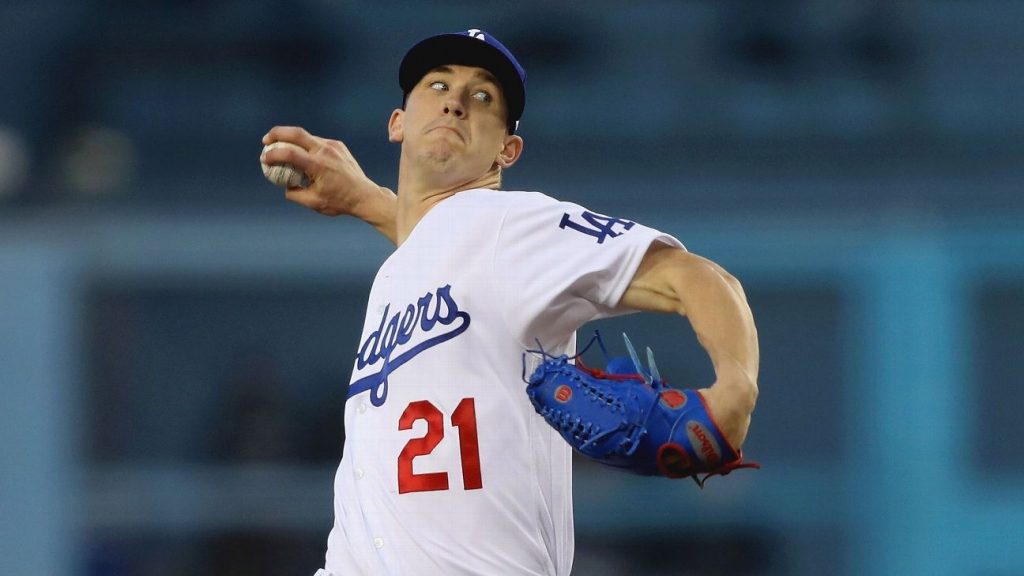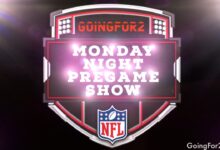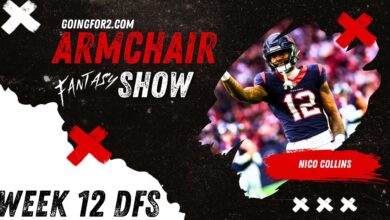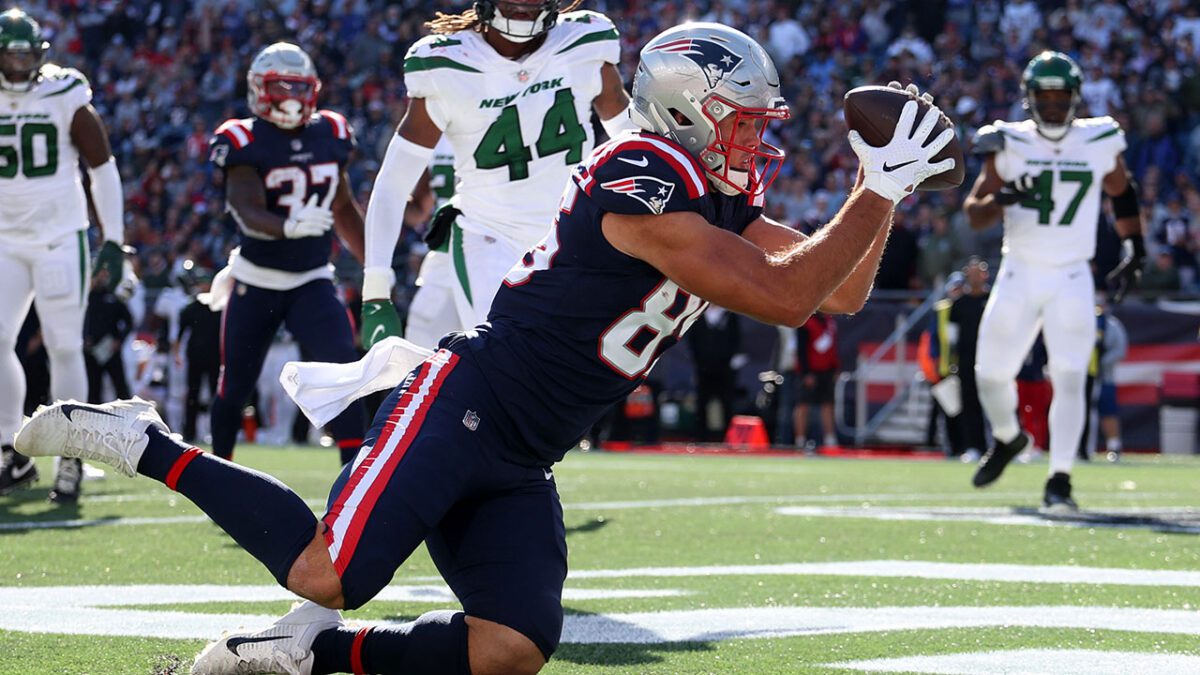Strategy: How to Win at MLB Daily Fantasy
As I am the newest DFS writer at Goingfor2.Com, I wanted to give you my perspective on the important aspects of playing MLB daily fantasy. These factors that I want to discuss are: 1)the slate that will be used; 2) the roster requirements and salary cap that will need to be followed; 3) various factors that I consider when making my lineup decisions; and 4) the type of point totals that will allow fantasy managers to be competitive(in various pools) and the best ways to achieve that point total.

The slate that I will write about in each of my articles will be the “main slate”. The “main slate” is also referenced as the “classic” on DraftKings, the platform which will always be used. On Mondays, Tuesdays and Fridays, this main slate consists of all games being played that day. With day games and late afternoon games being more prevalent, the remaining four days’ games are typically split into two slates. On the days that there are two slates, I will provide lineup suggestions for each of the slates.
In terms of the maximum salary cap and roster requirements, the “classic” has a maximum salary cap of $50k for every contest and fantasy managers will make out a lineup of ten players. These ten players are: 1) 2 starting pitchers; 2) catcher; 3) first baseman; 4) second baseman; 5) shortstop; 6) third baseman; and 7) three outfielders. Much like DFS football, the $50k salary cap simply doesn’t allow the opportunity to build a complete all-star lineup. The fantasy owner will have to build a solid core, and then, find a few cheaper-priced flyers to fill out their lineup.
When filling out my lineup, I always start at the pitcher position. As is often said, “a .300 hitter will go to the Hall ofFame”. With keeping that adage in mind, that same hitter is going to make an out seven out of ten times and provides much more volatility than a pitcher will offer. Two important features that DK offers while setting your lineup is FPTS(fantasy points per game for each player) which is located to the far right of the lineup submission page and a game log for each player. This game log is also located on the main submission page by clicking on the player’s picture. Many pitchers average 20 plus pointes per game and I will not consider any pitcher who averages less than 17 points per game.
By looking at the game log, one can view the consistency of each player. As can be imagined, one game(good or bad) can skew the overall average. Another important factor to remember about pitchers is that only starting pitchers, and not relief pitchers, are used in your lineup submission. In addition to the information available on DK, I also take a glance at the Vegas lines for each day. On average, most games’ over/unders settle at approximately 8.5(runs per game). I look for pitching matchups that fall below this over/under when possible(7.0 is about as low as one will see).
Another factor one can look at when observing Vegas betting lines is the “money line”. When reading a money line, a “minus” sign before the line means the team is the favorite. Any line which is greater than minus 140 suggests a high probability that that pitcher’s team will win the game. If your pitcher wins his game, the fantasy team earns four points. Salaries for the top pitchers range from approximately $7500 to $10,500. When setting my lineup, I try to use less than $18k(36 percent of my total salary cap) for pitchers when possible
Having used $18k salary on pitchers, I have $32k leftover for my eight hitters(average of $4k). The top salaries for hitters start at roughly $6k and the bottom salaries start at $2k. I first look for approximately four “sleeper” hitters whose salaries fall below the $4k average, and then, try to locate 3-4 players above $4k to build a core around. In terms of value plays, I target catcher, second base, shortstop and at least one outfield position.

At these positions, the high-end players are few and far between. Just like pitcher, I first look at FPTS to find potential plays. The game log is very important to look at as it provides total season stats and, just like pitcher stats, one can look for consistency across games. Sometimes the FPTS will be high, but the number of at-bats and overall stats on the season will be extremely limited. For hitters, five FPTS is a minimum threshold for me and top-end overall is roughly 11 FPTS. For a fantasy manager, it is important to remember that there is a premium for home runs, as a solo HR is worth 14 points. I also look for a batting average of at least .250 and HR/RBI numbers that are competitive. Another thing that I try to do, when possible, is build a stack of two to three players from the same team.
After building your lineup, there are many options for a fantasy manager to choose from in regards to buy in amount(amount you pay to play) and pool size. If you are new to fantasy baseball, DK offers an opportunity to play free contests to hone your skills. To me, playing these free games is a fun way to get your feet wet and simply see how your skill level matches up with others. From there, DK offers contests that the buy in can be as much as several hundred dollars up to a couple thousand dollars to play. The other decision, when choosing a contest, is the type of pool one wants to play in.
DK offers tournaments where as many as 15-20 thousand other players participate(with payouts to only a relatively small percentage of these players). While these tournaments will bring home the biggest payday, one has to cope with the lower chances of winning. Along with the bigger tournaments, a fantasy owner can choose to play in smaller contests. These contests include 1) head to head(compete against one other player); 2)50/50 and double-ups(half of the competitors win money): and 3) multipliers(one-third of the field wins money).
For those who bet on horse racing, the tournaments are like Pick Six wagers(bring home the biggest return with the lower probability of winning) and the smaller contests are like betting Win/Place/Show/Exacta(smaller payouts per contest that can result in long term gain).
The final thing that I wanted to discuss is the point totals that will need to be generated to compete in the various contests. As you can imagine, the bigger the field(and the smaller the percentage of players paid out), the higher the point total that will need to be produced and the more risks you will need to take by choosing lower percentage owned players. In terms of the smaller fields, 90 points is a minimum threshold to be competitive(top half in standings), while 120 points will be consistently top 25 percent. To get to the 90 points, the most repeatable method is getting at least 40 points from the pitchers and 50 points from your hitters(many different paths to get this total). These baselines are not hard to meet and one to two good performances will garner the extra 30 points to get to 120.
Love our content? Check out the GoingFor2 Live Podcast Network!
ATTN Dynasty Commissioners: Do you want to do something cool for your league? How about a 1-hour live show dedicated to YOUR league? Team-by-team breakdowns, rankings, and more. For details and to book a show, visit: GoingFor2.com/plp.





